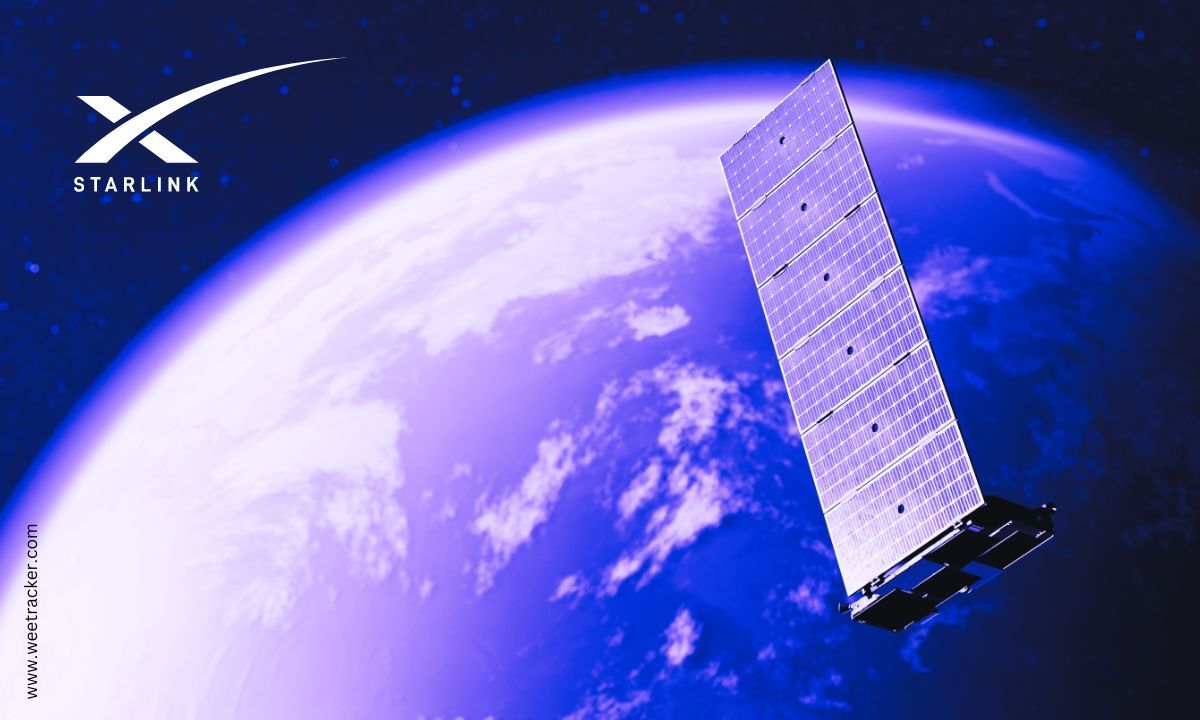Starlink Entered Africa With A Plan—The Market Is Forcing A Rethink

Internet service disruptor Starlink came to Africa with a plan: deliver fast, reliable satellite internet to poorly served areas. But as the company now faces capacity issues in the continent’s urban centres, it’s becoming clear that Africa has other ideas.
From bustling metropolises like Nairobi and Lagos to Harare and Lusaka, city dwellers have driven Starlink’s surge in demand. This rush has even forced the company to halt new sign-ups in major urban areas, despite having reserved “significant capacity outside of city centres,” according to owner Elon Musk’s own statement on X, in which he added that Starlink is working to increase internet capacity in dense urban areas in Africa as fast as possible.
The company says too many users are trying to access the Starlink service in Africa’s urban regions which are currently at network capacity. Observers reckon the company may have underestimated demand in Africa’s urban areas and overestimated need in remote locations.
The result? Starlink’s kits are now unavailable for purchase in some of the continent’s biggest cities, leaving hopeful customers in limbo.
The Capacity Mismatch
When Starlink launched in Africa, its initial rollout aimed at providing a solution to the internet black holes in regions with unreliable service. Yet, urban residents—hungry for faster, more reliable connectivity than their traditional ISPs offer—are snapping up kits faster than SpaceX, Starlink’s parent, can deliver capacity.
Kenya, for instance, has seen Starlink subscriptions grow to approximately 8,000 users in less than a year, even ranking as the country’s 10th largest ISP. Meanwhile, Nigeria boasts over 23,000 active users. But these figures mask a deeper issue. According to local reports, the flood of users in cities has driven average speeds down to mere double-digit Mbps, well below Starlink’s promised performance.
Starlink’s struggle to manage urban demand has not gone unnoticed. In Kenya, Safaricom, the dominant telecom provider, called for stricter regulations on satellite ISPs, arguing players like Starlink should be required to partner with local operators. In Zimbabwe, Zambia, and beyond, signs of strain are evident. Urban customers are increasingly finding the service “Sold Out,” and speeds are lagging.
SpaceX did not respond to a request for comments.
Roaming Workarounds and Cracks in the System
Adding to the complexity, Starlink’s Roaming service—intended for mobile, temporary internet access—has been creatively used to bypass geographical restrictions. Users in countries where Starlink lacked regulatory approval would purchase kits in licensed areas and use them via the Roaming package, which costs USD 100.00 monthly. This tactic let some customers in unlicensed regions connect to the Starlink network, creating a shadow user base that thrived on loopholes.
But that workaround is now being systematically closed. In late October 2024, African countries disappeared from Starlink’s Roaming subscription options, frustrating users who had come to depend on this solution. Reports from South Africa suggest a Facebook group was among the first to flag the change, with one user sharing, “I’m not sure if this is a glitch…but when I try to order the roam package, there aren’t any African countries listed.” An unofficial Starlink importer, IcasaSePush, later confirmed that roaming subscriptions were indeed gone.
This crackdown hits especially hard in South Africa, where Starlink remains unlicensed. Some early adopters had managed to maintain service. However, with Roaming gone, these users now face the possibility of service suspension.
Regulatory Hurdles and Government Responses
The retreat of Starlink’s roaming feature isn’t entirely surprising, given mounting regulatory scrutiny. In Cameroon, authorities outright banned the import of Starlink kits, citing unlicensed operations. Nigeria’s telecom regulator recently blocked the company from raising prices without prior approval, and South Africa’s rules present their own set of barriers. The country’s 30% Black ownership mandate for tech firms remains a sticking point, although some government officials have hinted at potential exemptions.
Moreover, political attitudes toward Starlink are shifting favourably. Kenya’s President William Ruto praised Starlink for boosting competition. In South Africa, President Cyril Ramaphosa has urged Musk to invest, calling the billionaire’s success “remarkable.” Still, Starlink’s official coverage map continues to list South Africa’s launch date as “unknown.”
But, in any case, the removal of the Roaming service reflects a tightening strategy, likely aimed at encouraging proper licensing and managing capacity more effectively. Stellar Systems, an authorised Starlink retailer in Zambia which spoke to MyBroadband, stated that the misuse of roaming plans has exacerbated the strain on the network. “Misuse…by users in unofficially supported countries may lead to the permanent shutdown of the roaming feature,” the retailer warned.
Observers also speculate that Starlink’s adjustments might be a response to government pressure and logistical challenges.
Ultimately, Starlink’s African journey highlights the tension between its vision and the continent’s realities. While remote users may have been the intended beneficiaries, urban centres are where the true demand lies. Now, with regulatory hurdles and strained networks, the question is whether Starlink can recalibrate fast enough—or if Africa’s own market forces will continue to reshape its strategy.